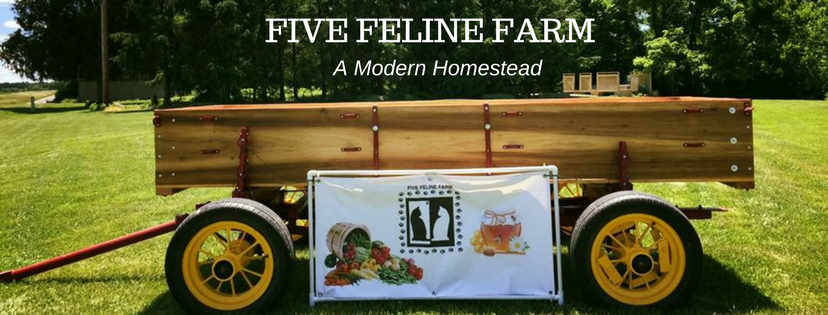
Flavor
Did you know that some people think it tastes like soap?
Somewhere between 10% and 20% of people perceive the taste of cilantro as soapy and do not like it at all. The cause is a sensitivity to a compound called aldehydes. Thankfully, we are in the 80% to 90% of individuals who experience cilantro as a fresh tasting herb that complements everything from salsa to scrambled eggs to chicken marinade.
Cilaantro or Cilahntro?
How do you say it? At Five Feline Farm we usually say Cilaantro. No matter what you call it, it’s delicious.
Companion Planting
This year, we have cilantro planted in the row with the pepper plants. The blooms attract pollinators, plus some other pests that prefer eating the cilantro over the pepper plants. Since it grows fast and reseeds, this is an easier plant to sacrifice than the slower growing, money-making peppers.
Coriander
Wait. What? Yes, when cilantro goes to seed, those seeds are Coriander. In fact, in some languages and cultures the entire plant is referred to as Coriander. All parts of the plant are edible including the root, but it is most often the fresh green leaves and the seeds used in culinary efforts. Often used whole in making pickles, but equally excellent crushed just before use to lend a soft spicy note to any dish.
Use
As mentioned above, cilantro can be used as a garnish, added to salsa or used in a marinade. It is good anytime you are looking for a brightly flavored accent.

Here’s a simple marinade for chicken or fish.
1 bunch cilantro, washed and leaves removed from stems
1/4 tsp. Salt
2 Tbsp. Lemon juice
1/4 – 1/3 cup olive oil
Blend all in a food processor or small blender. Start with the smaller amount of olive oil and add more as needed to achieve desired consistency. A thicker paste can be smeared on the meat or a thinner mixture can be added to a ziplock baggie to marinate. Amounts can be doubled, tripled or adjusted to taste.
If you enjoyed this post, let us know on Facebook, Twitter, Instagram or through email.



